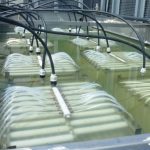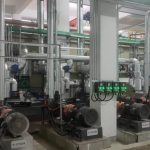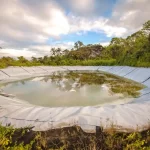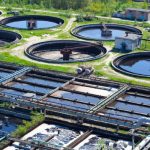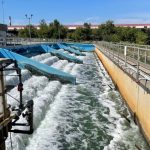-
-
Call for inquiry
-
B-21, Block-2, Gulshan-e-Iqbal
Karachi, Pakistan

Recharging Aquifers with Rainwater: A Path to Water Security in Pakistan
Introduction
Groundwater is Pakistan’s lifeline. It provides nearly 60% of irrigation water and 90% of drinking water in cities like Lahore, Faisalabad, and Karachi (World Bank, 2021). But over-extraction is causing aquifers to dry up rapidly. For example, in Lahore, groundwater is declining at 1–1.5 meters per year, threatening long-term water availability.
One effective, sustainable solution is recharging aquifers with rainwater. Instead of letting monsoon downpours flood Karachi’s streets or drain into the Arabian Sea, this water can be captured, filtered, and allowed to seep underground. This simple process restores aquifers, reduces flooding, and ensures water availability for future generations.
Why Aquifer Recharge Matters in Pakistan
1. Combatting Groundwater Depletion – Farmers in Punjab rely heavily on tube wells. Without recharge, aquifers may run dry in coming decades. Rainwater recharge slows this decline.
2. Reducing Urban Flooding – Karachi, Lahore, and Islamabad face urban flooding every monsoon. Directing stormwater into recharge wells prevents roads from turning into rivers.
3. Water Security for Communities – Stored groundwater acts as a natural underground reservoir, ensuring availability during droughts and heatwaves.
4. Restoring Ecosystems – Recharge improves river flows, wetlands, and vegetation by balancing the groundwater table.
5. Cost-Effective Sustainability – Unlike dams, recharge systems are low-cost, decentralized, and adaptable to cities, villages, and industries.
Methods of Aquifer Recharge with Rainwater
- Recharge Wells – Boreholes filled with sand, gravel, and filters that allow water to percolate underground. Common in urban areas.
- Percolation Pits & Trenches – Small pits or trenches dug in open fields, parks, or roadsides to absorb rainwater.
- Check Dams & Percolation Tanks – Small barriers in rural streams that slow rainwater runoff, allowing it to seep into aquifers.
- Rooftop Rainwater Recharge – Directing rooftop rainwater into recharge pits instead of storm drains. Highly effective in dense cities like Karachi.
- Green Infrastructure – Using bio-swales, permeable pavements, and rain gardens to naturally filter and direct rainwater underground.
Aquifer Recharge and the Sustainable Development Goals (SDGs)
Recharging aquifers directly supports several SDGs:
- SDG 6: Clean Water and Sanitation – Sustainable water management and groundwater replenishment.
- SDG 11: Sustainable Cities and Communities – Reducing urban flooding and making cities water-resilient.
- SDG 13: Climate Action – Adaptation to droughts and changing rainfall patterns.
- SDG 15: Life on Land – Restoring ecosystems, wetlands, and biodiversity.
Examples & Future of Aquifer Recharge in Pakistan
- Lahore: Water and Sanitation Agency (WASA) has installed pilot recharge wells in parks to combat falling groundwater.
- Karachi: With average annual rainfall of 200 mm, capturing even a fraction through recharge pits could reduce flooding and water shortages.
- Islamabad: CDA has experimented with rainwater harvesting and recharge structures to supply green belts.
Future directions include:
- Smart Recharge Monitoring – IoT sensors to measure infiltration rates.
- Community-Based Recharge – Societies and factories adopting recharge pits.
- Green Urban Planning – Making recharge mandatory in housing and commercial projects.
Conclusion
Aquifer recharge with rainwater is not a luxury — it’s a necessity for Pakistan. By directing rainfall underground, we can:
- Reduce urban flooding in Karachi and Lahore
- Restore aquifers for long-term water security
- Support farmers and industries
- Contribute to Pakistan’s SDG commitments
If properly adopted, aquifer recharge can turn Pakistan’s rainfall from a flooding hazard into a life-saving resource. The key lies in awareness, planning, and working with experts to integrate rainwater recharge systems into homes, industries, and urban planning.


